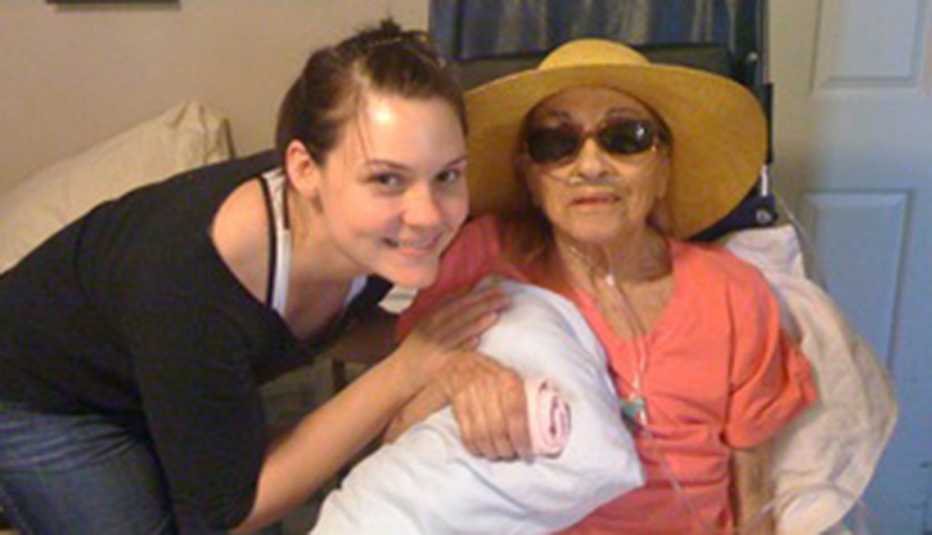Staying Fit


More than 1 in 5 adults — a total of 53 million adult Americans — are now unpaid family caregivers, according to a new report from AARP and the National Alliance for Caregiving (NAC).
The number of caregivers has climbed from 18 percent of adults in 2015 to more than 21 percent in 2020, an increase of 9.5 million adults who provide assistance on everything from grocery shopping to wound care to medication management. The biggest boost came among those caring for adults 50 and older, which accounted for just over 14 percent of caregivers in 2015 and nearly 17 percent this year. Many receiving care were boomers, who are now ages 55 to 75, according to the report.


AARP Membership— $12 for your first year when you sign up for Automatic Renewal
Get instant access to members-only products and hundreds of discounts, a free second membership, and a subscription to AARP the Magazine.
In fact, boomers are pivoting from taking care of friends and loved ones to needing care. Now their children and grandchildren are stepping up.
"We always talk about the average caregiver. I really pushed hard to talk about the many different aspects of caregivers,” said Susan C. Reinhard, AARP senior vice president and director of the AARP Public Policy Institute, who played a key role in the new report.


Reinhard said her interest in family caregivers dates to her days as a visiting nurse, when “they were the ones who opened the door."
The report, “Caregiving in the U.S. 2020,” is the latest in a series of reports dating to 1997. It is based on online surveys conducted in 2019 of 1,392 caregivers age 18 and older.
"Do you want to fight?"
Bethany Robertson, a millennial who now lives in Fort Lauderdale, Florida, was only 27 when she shouldered the responsibility of caring for her beloved grandmother, Maria Viviano, who had suffered a serious stroke in New Jersey.
Only at the hospital did Robertson learn that her grandmother had given her both medical and legal powers of attorney. And amid bleak medical prognoses at the New Jersey hospital, she sought her guidance.
"I asked, ‘Do you want to fight?’ She looked at me and nodded her head very emphatically, ‘Yes.’ “
After hovering near death, Viviano recovered, but with restricted speech and movement. Yet when Robertson inquired if her grandmother would prefer a nursing home, she was met with tears.


Robertson realized that caring for her at home was her only option. She moved her to the condominium in Charleston, S.C., that she shared with her husband. She struggled to find reliable certified nursing assistants to help her.
But as hard as it was, “We shared many awesome moments."
Viviano stayed at Robertson's home, where she died peacefully after nearly two years, surrounded by family.
Lost in the neighborhood
Jeanne Wintz of Seattle is the main caregiver for her husband, Jim, a role that began when he first showed early signs of dementia. He had worked for decades as a psychiatric social worker. Now she grew uncomfortable leaving him home alone.

































































More From AARP
How Caregivers Can Build Trust With Their Loved Ones' Doctors
Develop a relationship based on straightforward communication and mutual respect
The Future of Caregiver Support Is Diverse and Inclusive
Research, training and outreach is needed to better equip these communities